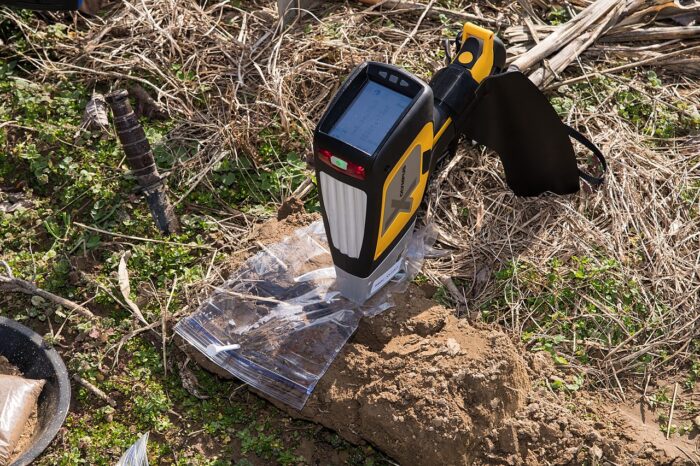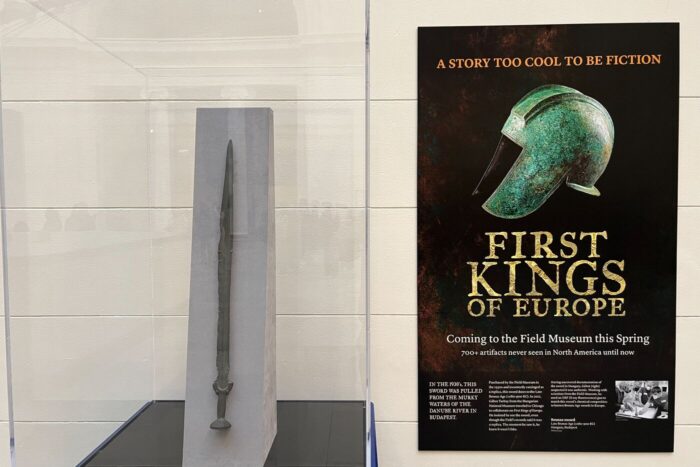In the world of museums, few things are more important than authentication.
This is the process where experts determine if an artifact is the real thing ... or just a fake.
History is full of copies and replicas that come close to the genuine article. Some of these are made to purposely fool people, others were made as a heartfelt tribute to the original. But whatever the case is, if you're going to display, say, a Chinese vase from the Ming dynasty, it's a good idea to be sure it was made during that time. And not just fifty years ago.
In the Field Museum in Chicago, there was one such relic. It is a bronze sword that was pulled from the Danube river in the 1930s. Though made in the same style as Hungarian swords from the Bronze Age (between 3300 BC and 1200 BC), the museum curators assumed that it was a replica, made during the Medieval Period (around 1,000 years ago).
And that was how it was labelled for last 90 years or so in the museum's collection: a Medieval copy of a Bronze Age weapon.
But then a visit from a Hungarian archeologist shocked everyone: "It's not a replica," he said.
The museum had an original 3,000-year-old sword all along!
Getting proof

An example of an X-ray fluorescence detector, the gadget used to examine the sword. (Wikimedia Commons)
At first, the museum's curator of anthropology William Parkinson wasn't so sure that the Hungarian expert was right.
The Field Museum was getting ready for a new exhibit on ancient European kings called First Kings of Europe. If this expert was correct, this sword was far more important than once believed. But they needed better proof than just a hunch.
So they used the latest technology to inspect the sword—an X-ray fluorescence detector, which helps discover the exact chemical makeup of the object without harming it at all. The discovery showed that this bronze was made of the same combination of copper and tin as other weapons from the Bronze Age in that region.
In other words, it really was authentic.
Proudly displayed
Today, the sword is being featured as a preview of First Kings of Europe. It is labelled correctly as being made some time between 1080-900 BC.
The sword was likely thrown in the river as part of either a funeral ritual for a loved one or to commemorate a great battle. (This was common practice at the time.) Meanwhile, the museum is happy to see something almost as rare as a 3,000-year-old sword.
A moment where something that was thought to be fake, turns out to be real!
“Usually this story goes the other way round,” Parkinson said in a press release. “What we think is an original turns out to be a fake.”
It just goes to show that surprises can be found almost anywhere. Even right under the nose of experts!
 The Hungarian sword, not correctly displayed as a preview to an upcoming exhibit. (Field Museum)
The Hungarian sword, not correctly displayed as a preview to an upcoming exhibit. (Field Museum)









